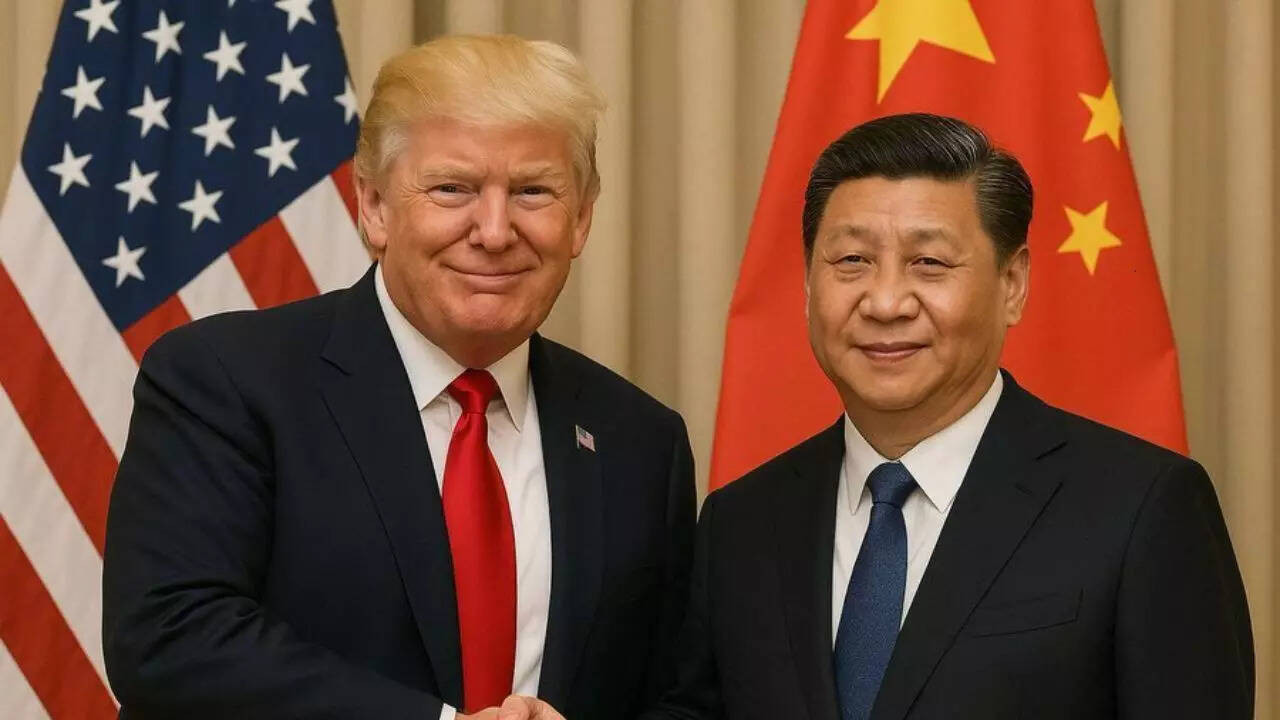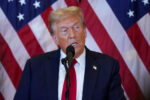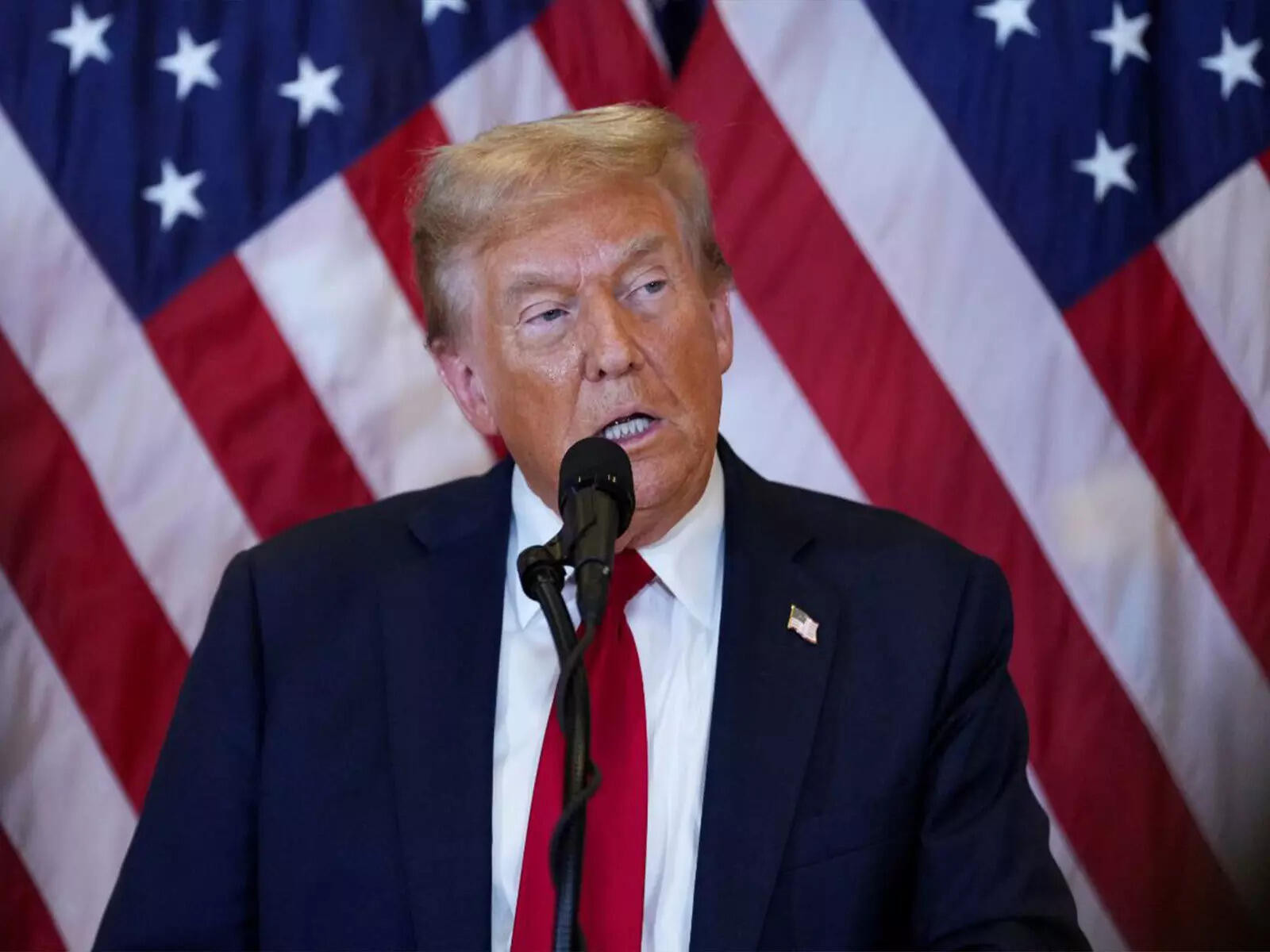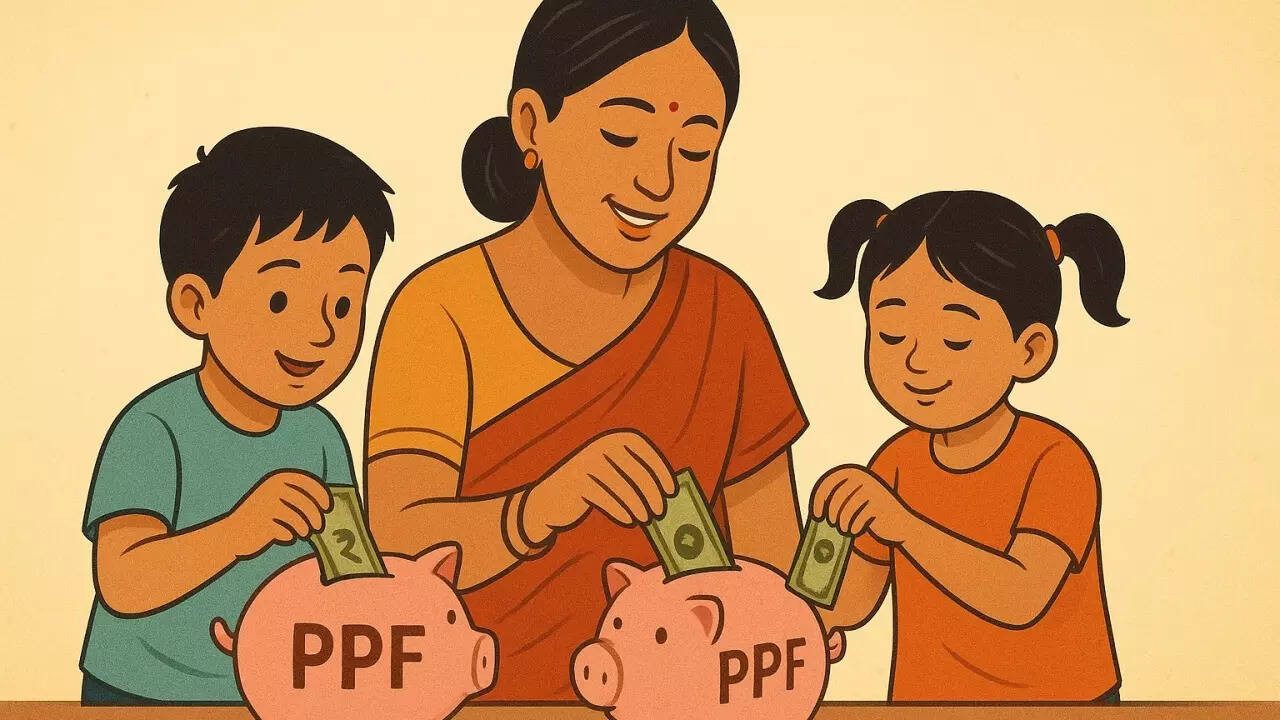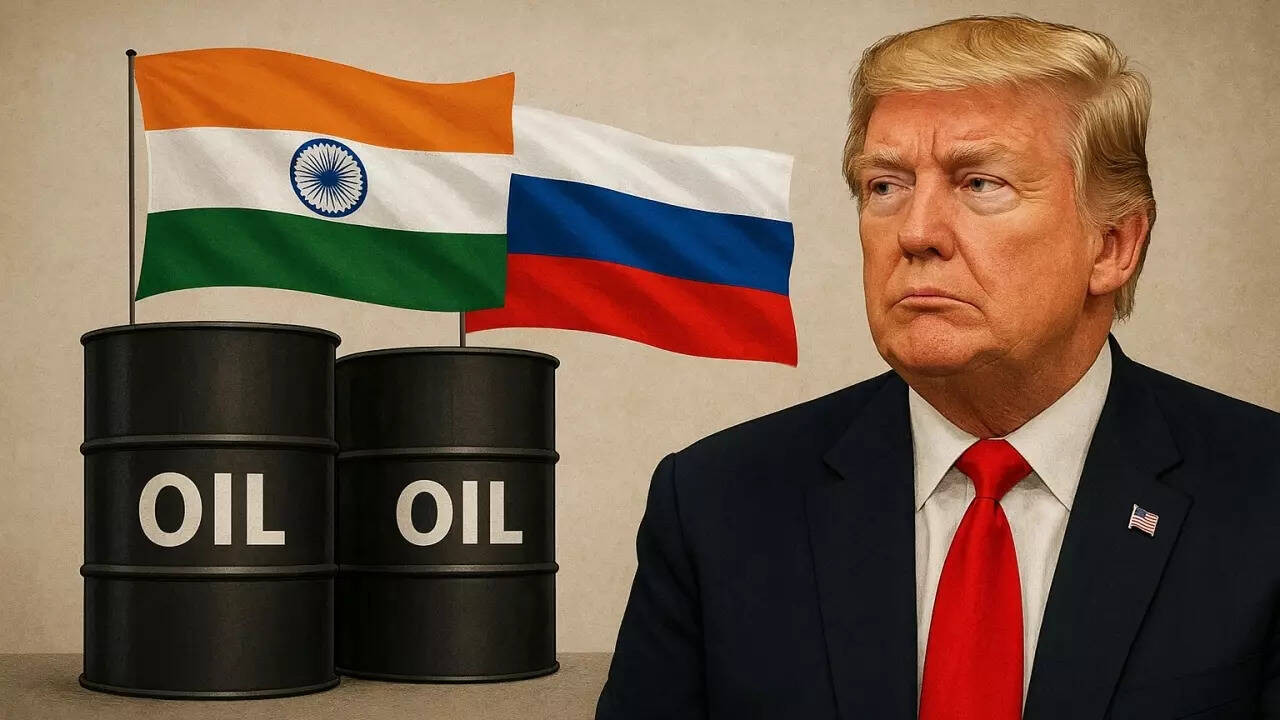President Trump declared his proposed 100% tariff on Chinese goods unsustainable, blaming Beijing’s unfair practices for forcing his hand. He accused China of years of exploitation and stated that only strength is respected. Despite this, a potential tariff pause was hinted at, with 85 senators reportedly backing up to 500% tariffs on Chinese purchases of Russian oil.
The Tariff Tango: Is the US-China Trade War Coming to an End?
The trade relationship between the United States and China has been a rollercoaster for years, a complex dance of tariffs, accusations, and economic maneuvering. Recently, former President Trump has been making headlines again, this time suggesting that the hefty tariffs imposed on China during his administration may not be sustainable in the long run. But what’s really going on, and could we be on the verge of a shift in US trade policy?
Let’s rewind. The Trump administration slapped tariffs of up to 25% on hundreds of billions of dollars worth of Chinese goods, arguing that China had been unfairly exploiting trade imbalances for far too long. The aim was to level the playing field, protect American industries, and encourage China to adopt fairer trade practices. Beijing, of course, retaliated with its own tariffs on US products, triggering a full-blown trade war that sent ripples through the global economy.
These tariffs have undeniably impacted businesses and consumers on both sides of the Pacific. American companies reliant on Chinese imports have faced higher costs, sometimes passing these on to consumers. Chinese exporters have struggled to maintain their competitiveness in the US market. The entire global supply chain has felt the pinch.
Now, Trump’s recent comments suggest a potential change of heart, or at least a recognition of the limitations of this strategy. He stated that he was “forced” to impose these tariffs, hinting at pressure from advisors or perhaps a reluctant acceptance of the only tool available at the time. Whether this is a genuine shift in perspective or simply a political maneuver remains to be seen, but it’s sparked intense speculation about the future of US-China trade relations.
China’s Perspective on the Tariff Situation
China, for its part, has consistently maintained that the trade war is detrimental to both countries. Officials in Beijing have argued that the tariffs are not only ineffective but also counterproductive, disrupting global trade and hindering economic growth. The Chinese government has long accused the US of protectionism and of using tariffs as a weapon to contain China’s rise.
“`html

“`
The Chinese perspective is that the US benefited greatly from globalization and free trade, and that imposing tariffs runs counter to these principles. They have also emphasized their commitment to opening up their economy further and promoting a more balanced trade relationship with the United States.
Are US Tariffs on China Sustainable?
The big question remains: are these tariffs actually sustainable? It’s a complex issue with no easy answer. While they might have provided some short-term benefits to certain American industries, the long-term consequences are far more nuanced.
Economically, the tariffs have contributed to inflation and dampened economic growth. They have also incentivized companies to find alternative sources of supply, potentially weakening the US’s long-term trade relationship with China.
Politically, the tariffs have strained relations between the two countries, creating an atmosphere of mistrust and hindering cooperation on other important global issues, such as climate change and nuclear proliferation.
Strategically, the tariffs might have been intended to curb China’s economic influence, but they have also pushed China to seek closer ties with other countries, potentially undermining US dominance in the global arena.
What Could the Future Hold?
Predicting the future of US-China trade relations is a bit like reading tea leaves. However, several possible scenarios could unfold:
* A Gradual Easing of Tariffs: This seems the most likely scenario, especially if both sides recognize the detrimental effects of the trade war. A gradual reduction in tariffs could pave the way for a more normalized trade relationship.
* A New Trade Agreement: The US and China could negotiate a new trade agreement that addresses the underlying issues that led to the trade war in the first place, such as intellectual property theft and market access.
* Continued Tensions: The trade war could continue to simmer, with both sides maintaining their tariffs and engaging in periodic escalations. This would likely have negative consequences for the global economy.
Ultimately, the future of US-China trade relations will depend on the political will of both countries. Whether Trump’s comments signal a genuine willingness to de-escalate tensions or simply a strategic ploy remains to be seen. For now, businesses and consumers will continue to navigate the complex landscape shaped by the tariff tango. It’s a delicate dance, and the world is watching closely to see where it leads.
And while we’re on the topic of global trade, check out our previous post on the impact of Brexit on European markets.
In conclusion, the sustainability of US tariffs on China is increasingly questionable. The long-term economic, political, and strategic consequences necessitate a reassessment of current policies. A more nuanced approach, prioritizing collaboration and addressing underlying trade imbalances through negotiation rather than unilateral action, is crucial for fostering a stable and mutually beneficial relationship between the two economic powerhouses.
